Ecohydrology
Type of resources
Available actions
Keywords
Contact for the resource
Provided by
Formats
status
-
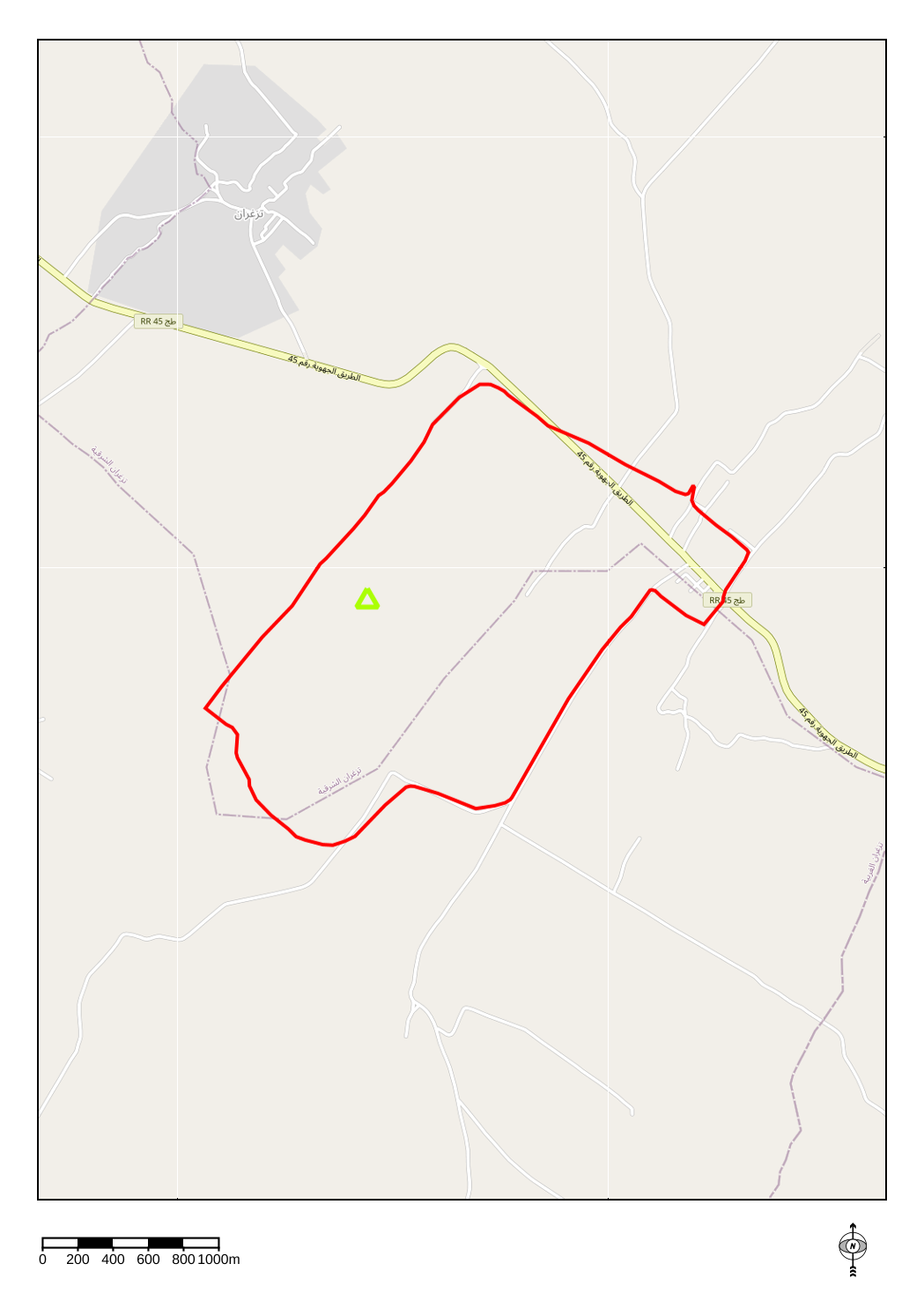
The physico-chemical parameters measured in the Kamech basin and accessible via the data portal concern the electrical conductivity of the water.
-
Runoff and stream flow discharge monitoring in the Roujan catchment area (Hérault) is operational since 1992 at catchment and sub-catchments hydrological stations on which automatic sensors records water level time series on a long-term and continuous basis. The data from these sensors are collected and instantaneously transmitted to servers in Montpellier. Verification and correction processes on the raw data, as well as the generation of elaborated data (e.g. calculation of flows from water heights or modification of time steps) are applied before integration of the data sets into the HYSAE database. The water level and discharge time series can be downloaded from an interactive map through the OMERE data portal accessible from this page.
-
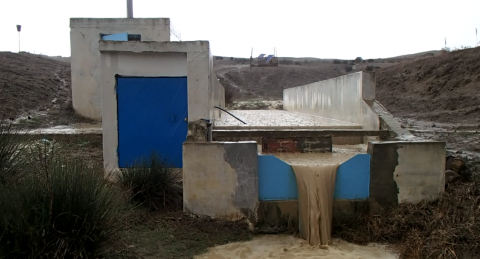
Runoff and stream flow discharge have been monitored since 1994 at the outlet of the Kamech catchment, and since 2005 at four sub-catchment hydrological stations. Automatic sensors continuously collected and transmitted water level time series to servers in Montpellier (France). Verification and correction processes on the raw data, as well as the generation of elaborated data (e.g. calculation of runoff, discharge from water levels, modification of time steps, etc) are applied before integration of the data sets into the HYSAE database. The time series can be downloaded from an interactive map through the OMERE data portal accessible from this page.
-
The measurement of rainfall in Kamech catchment (Cap Bon/Tunisia) is operational since 1994 through a network of daily and instantaneous (tipping bucket) rain gauges, some of them being remotely connected to servers in Montpellier. Verification treatments and possible corrections aare applied before the data sets are integrated into the HYSAE database. A "synthetic" rainfall dataset derived from these measurements and accessible from the OMERE data portal is elaborated as a complete and uninterrupted chronicle of rainfall data for the catchment area.
-
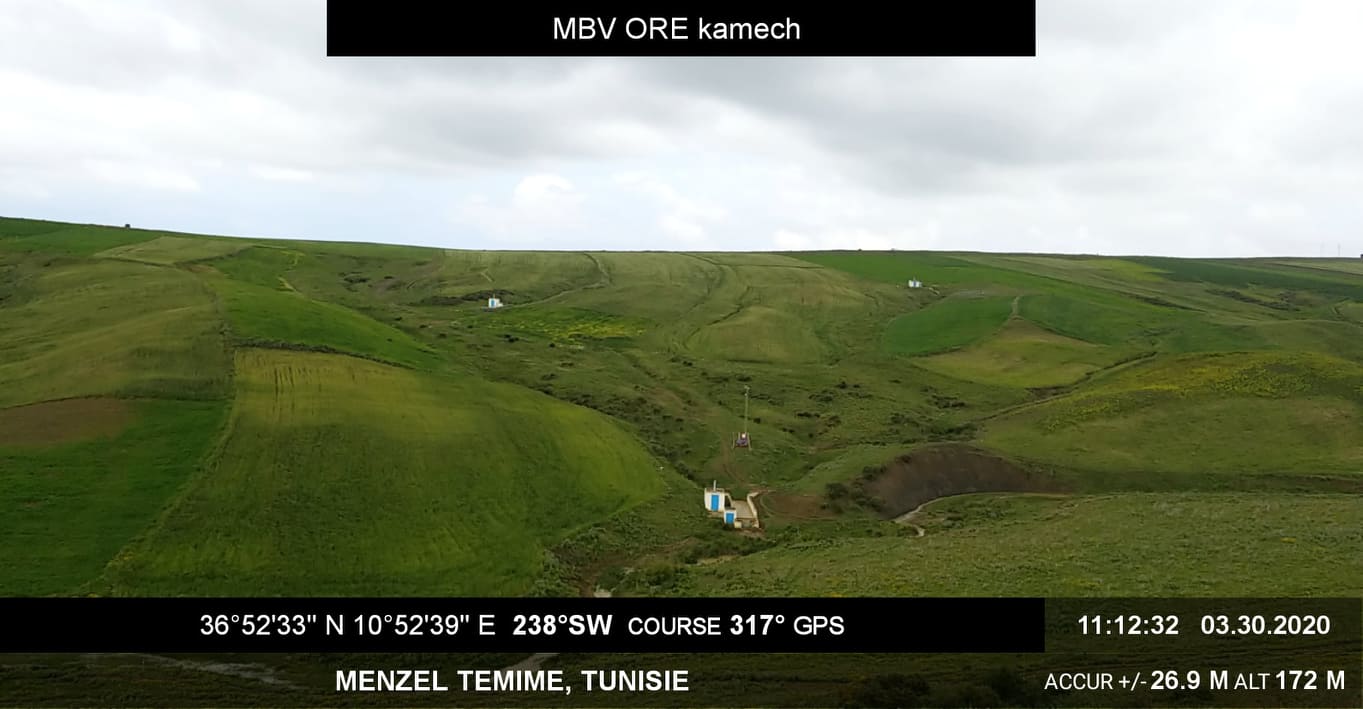
The Kamech basin is located north of Cap-Bon, in the governorate of Nabeul, on the border between the sub-humid and semi-arid Mediterranean climates. The average inter-annual rainfall is about 640 mm and the potential evapotranspiration is 1300 mm. The outlet of the basin is occupied by a hilly lake built in 1994 (140,000 m3 of initial capacity). The inter-annual flow coefficient is of the order of 10%-15% and the erosion of 15 t/ha/year. Land use is characterised by a cultivation rate close to 75% with, in order of importance: cereals, legumes and irrigated market gardening. This basin has been the subject of a monitoring of anthropogenic activities (land use and management, agricultural practices...), of agro-climatic variables, and of runoff and erosion since 1994 (+ pesticides more recently) at its outlet and since 2005 on 4 substations. This watershed is part of a network of 27 watersheds monitored under an agreement with the Tunisian Ministry of Agriculture (DGACTA).
-
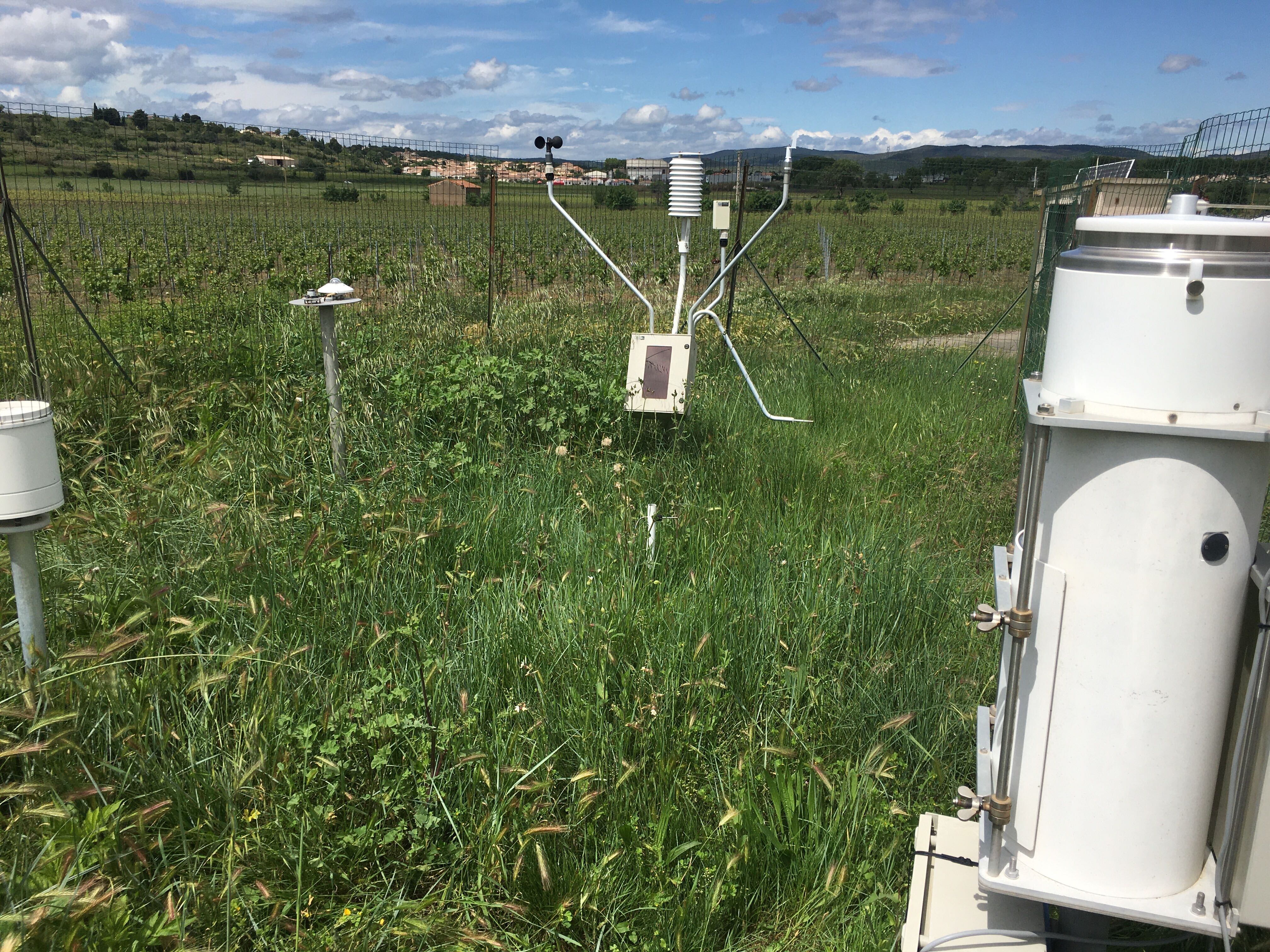
The main crop is the vine. The site is strongly anthropised (network of ditches, terraced slopes, etc.). The climate is sub-humid Mediterranean with a prolonged dry season. The average annual rainfall is around 650 mm and the average annual ETP (Penman) is 1090 mm. The basic hydro-meteorological equipment, in place since May 1992, consists of a network of 9 rain gauges and 4 pluviographs, a device for measuring water table heights (14 sites), a device for measuring flows, suspended matter and pesticides at the outlets of the catchment area and of two plots with different cultivation routes and a network of 8 stations for measuring soil water content and water potential. Roujan was part of the reference catchment area network of the Network Observation Service Used for Hydrology Research created by the GIP Hydrosystème.
-
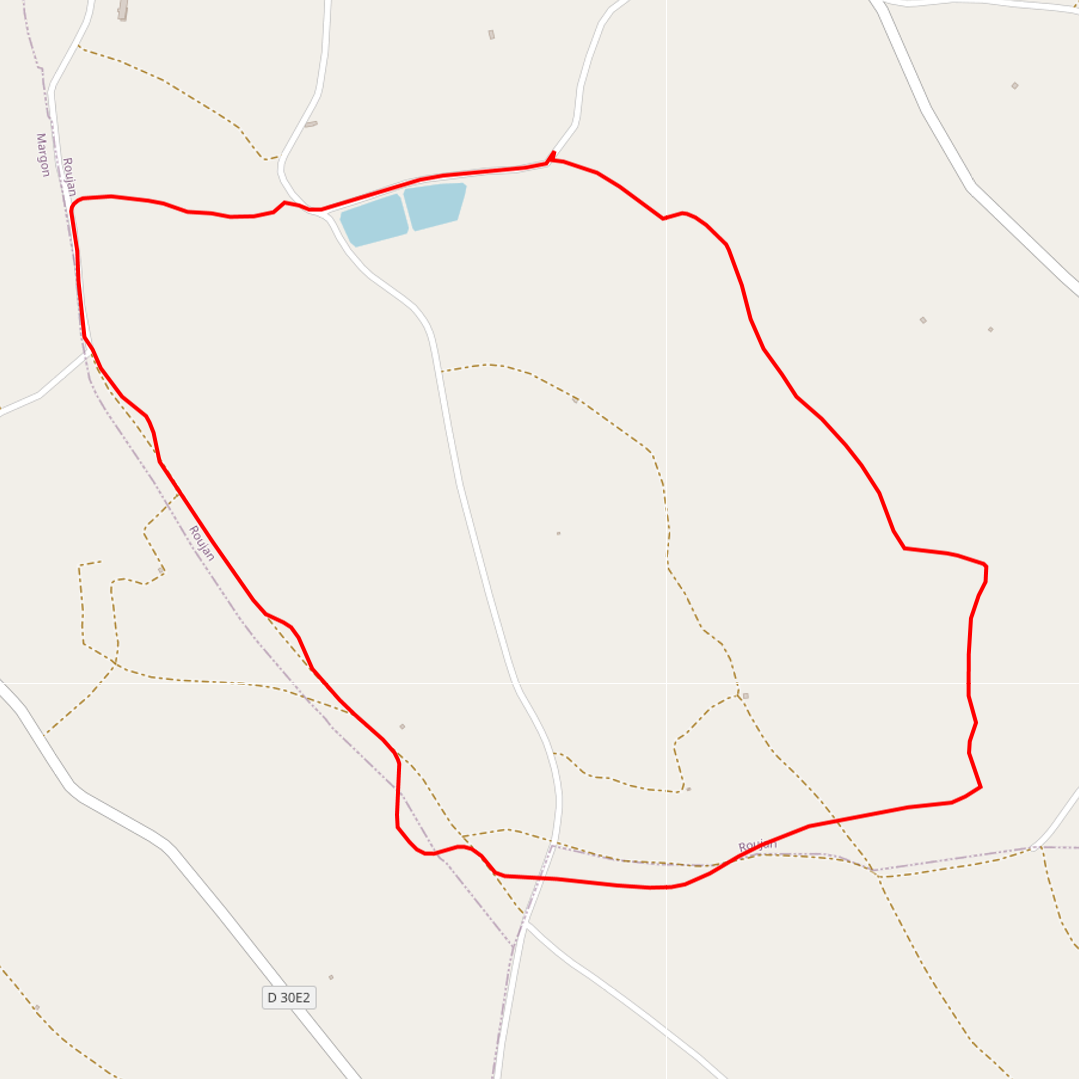
These data correspond to a non-systematic monitoring of dissolved, particulate or total organic carbon contents in water (rain, surface overflow, underground water) in the Roujan catchment area.
-
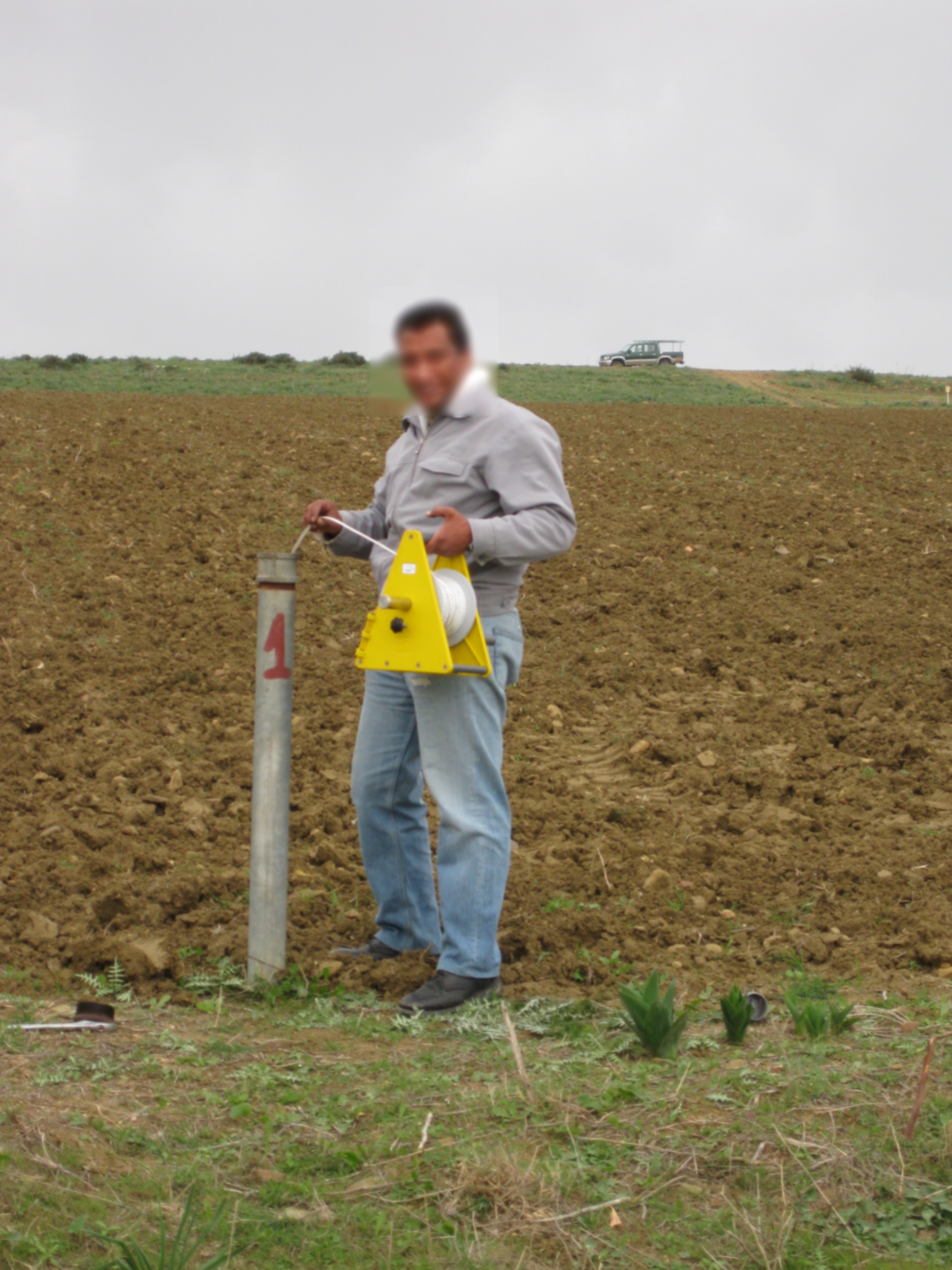
The water table depth from the soil surface is measured at different points in the Kamech catchment. In Kamech site, the groundwater is shallow with a free surface water table rising and falling in the soil and subsoil layers. The measurements are made at different points in the catchment with piezometers. A piezometer is a perforated PVC tube at its base installed in the soil through a borehole. In every piezometer, the water table depth is measured by manual piezometric probe or monitored at high frequency (~15') with autonomous and automatic probe integrating acquisition units. Through the OMERE data portal accessible from this website, the data can be downloaded from an interactive map.
-

OMERE is part of the study of global changes affecting Mediterranean hydro-agrosystems. It focuses on a hydrological context that is intermediate between arid and temperate environments and subject to a wide range of hydrological processes ranging from intense droughts to extreme floods, and on a social and human context that is currently undergoing considerable changes (intensification of agricultural production in favourable areas, abandonment of land that cannot be intensified, increase in catchment areas, hydro-agricultural or conservation developments) linked in particular to a rapid increase in population density. The various climate change scenarios developed by the IGCC predict major rainfall changes at these latitudes: a decrease in winter rainfall, an increase in stormy rainfall and extreme rainfall. In this context, the observatory is based on the acquisition of climatic, hydrological, sediment and solute flow records over the past two decades in two elementary Mediterranean catchment areas that are differentiated in terms of soils, hydro-agricultural developments, farming practices and their evolutionary dynamics: Roujan (France, mainly cultivated with vines) and Kamech (Tunisia, mixed farming). The observatory aims to i) understand the impact of agricultural activities on mass flows in elementary Mediterranean catchment areas: The observatory aims to i) understand the impact of agricultural activities on mass flows in elementary Mediterranean catchment areas: hydrological regimes and balances, allocation of water resources, erosion dynamics, changes in water quality; ii) assess the intensities and speeds of quantitative and qualitative changes in water and soil resources as a function of changes in land use; iii) support the development of approaches for modelling flows in cultivated areas; iv) provide scientific bases, references and diagnostic tools for agri-environmental engineering of cultivated landscapes OMERE is co-managed by four French and Tunisian laboratories (HSM, INAT, INRGREF, LISAH). It is part of several networks, including the OZCAR research infrastructure (https://www.ozcar-ri.org/), and is a stakeholder in the CRITEX project "National park of innovative equipment for the spatial and temporal study of the Critical Zone of Watersheds" selected by the Ministry in the framework of the 2nd wave of the call for projects "Investissement d'Avenir Equipements d'excellence".
-

The groundwater temperature is measured at different points in the Kamech catchment. In Kamech site, the groundwater is shallow with a free surface water table rising and falling in the soil and subsoil layers. The measurements are made at different points in the catchment with piezometers. A piezometer is a perforated PVC tube at its base installed in the soil through a borehole. In every piezometer, the groundwater temperature is monitored at high frequency (~15') with autonomous and automatic temperature probe integrating acquisition units. Through the OMERE data portal accessible from this website, the data can be downloaded from an interactive map.
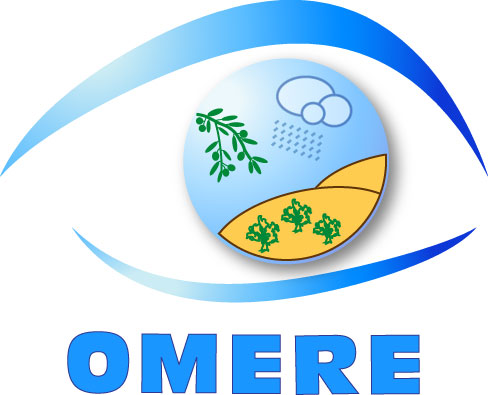 Catalalogue de l'ORE OMERE
Catalalogue de l'ORE OMERE